Stanley Donen's Charade (1963) remains an intoxicating blend of romance, screwball comedy and suspense—an amalgam that frequently draws viewers searching for the term "film noir movie" into an unexpected realm. The film, starring Cary Grant and Audrey Hepburn and written by Peter Stone and Marc Behm, is often described as "the best Hitchcock movie Hitchcock never made." That phrase helps explain why audiences who type "film noir movie" into search engines often land on Charade: it occupies the shadowed margins of noir while gleaming with the high style and wit of classic Hollywood romance and caper films.
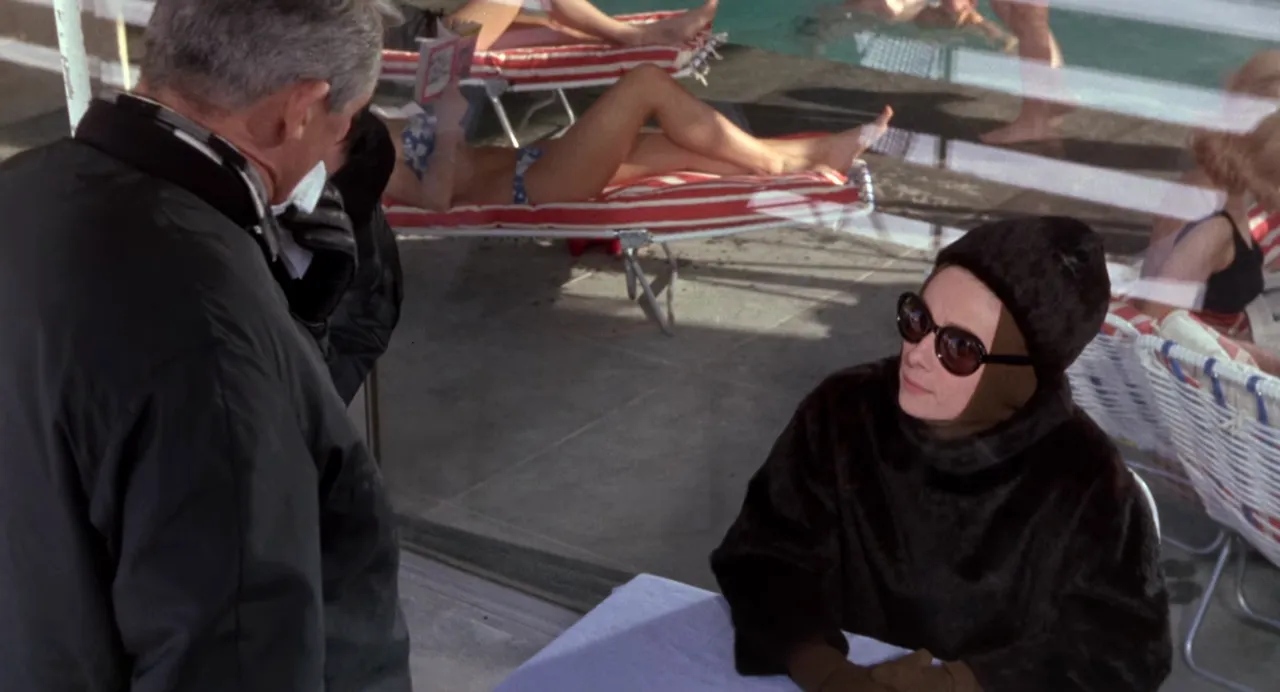
Outline
- Introduction: framing Charade and its audience expectations
- Plot overview: the mystery that anchors the film
- Genre and tone: why "film noir movie" searches find Charade
- Characters and performances: Grant, Hepburn and the supporting ensemble
- Direction and screenplay: Stanley Donen and the Stone/Behm collaboration
- Production, locales and technical craft
- Music, titles and atmosphere
- Reception, awards and archival recognition
- Public-domain legacy and its consequences
- Enduring appeal for cinephiles and those searching "film noir movie"
- Conclusion: Charade's place in classic cinema
Introduction: A Case for Charade and the "Film Noir Movie" Query
Audiences approaching Charade with the simple search term "film noir movie" discover something sly: a film that borrows noir's shadow play and paranoia, yet rejects its fatalism. Stanley Donen directed a piece that traffics in double-crosses, wartime betrayal and a mystery whose roots stretch back to the OSS. These are classic noir ingredients. Yet Donen layers them with screwball banter, romantic chemistry and a visual elegance more commonly associated with the Hollywood studio tradition than the gritty world of postwar noir.
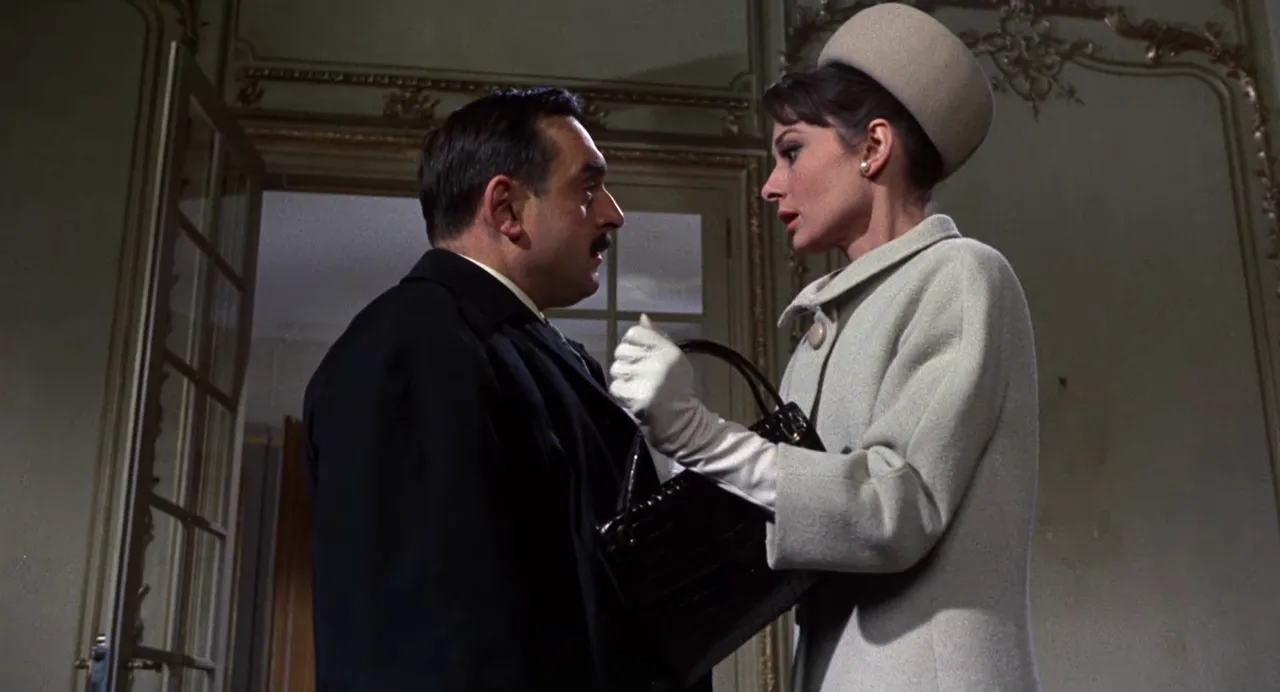
In this review, the critic examines Charade through the twin prisms of genre study and classic-movie appreciation, demonstrating why people who type "film noir movie" into a browser often encounter Charade: it is a crossroads where noir’s narrative darkness meets the sparkle of Cary Grant and Audrey Hepburn.
Plot Overview: A Mystery That Unspools Like Clockwork
At the heart of Charade lies a deceptively simple premise: Regina "Reggie" Lampert, an American expatriate living in Paris, believes she is divorcing her husband when she learns he has been murdered and her apartment emptied. What the film does in its opening minutes—while setting up vacation flirtation, alpine romance, and an instant rapport between Reggie and the charming stranger Peter Joshua—is to plant seeds of unease. The screenplay then pushes those seeds into full-grown suspicion: a visible body found beside a train line in pajamas, a hastily sold household fetched for a suspicious sum at auction, four passports, a ship ticket, and an envelope bearing stamps that prove to be far more significant than a casual love letter.
The police inspector's delivered facts—what might be mere details in a lighter comedy—become evidence in a thriller. Charles's sale of the apartment’s contents nets 1,250,000 new francs, roughly a quarter of a million dollars in contemporary conversion. In the wartime backstory that unfolds, that sum is tied to a buried cache of gold entrusted to an OSS unit in 1944, a wartime act that devolved into betrayal. The surviving members—Herman Scobie, Leopold W. Gideon and Tex Panthollow—have returned to Paris with motives sharpened by time, greed and a history of violence.
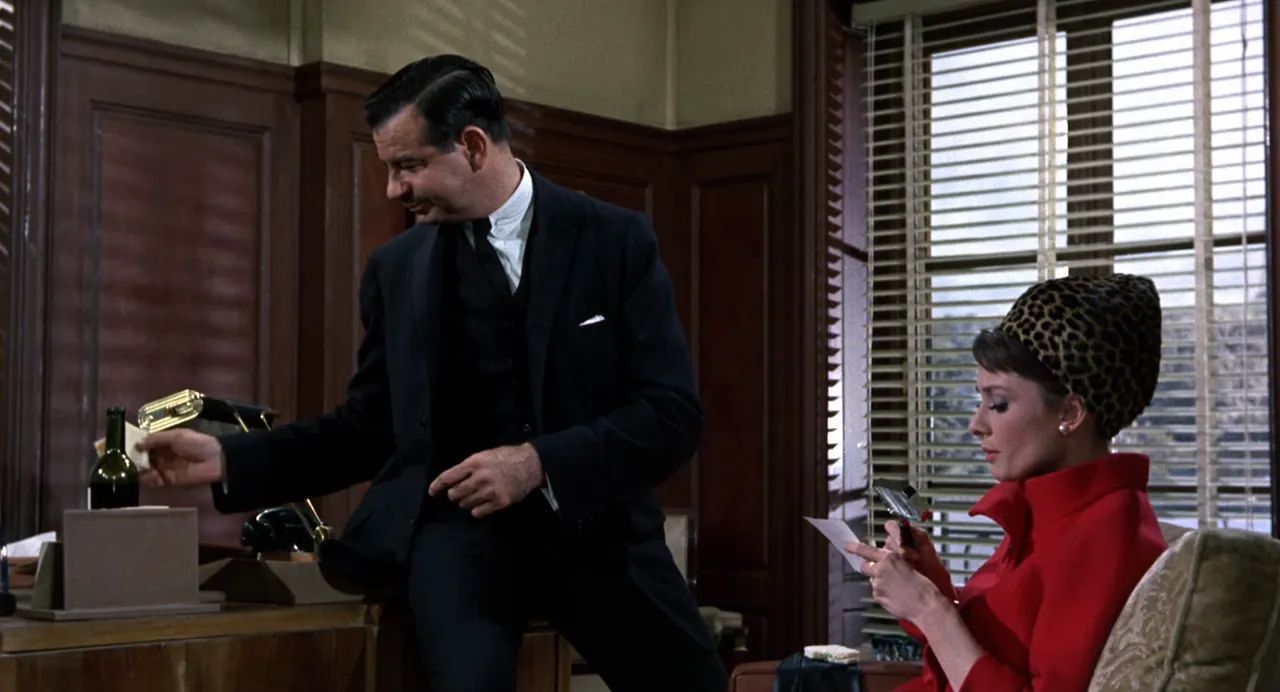
What begins as an intimate personal crisis for Reggie morphs into national intrigue: the U.S. government, represented by Hamilton Bartholomew, stakes a claim on the missing money. Bartholomew's stake is not sentimental; he insists that Reggie is the only lead. The resultant chase—the three criminals, the U.S. officials, and the one man who calls himself Peter Joshua—creates a pressure cooker that alternates between farce and genuine menace.
Genre and Tone: Where Charade Sits in Relation to the "Film Noir Movie"
People searching "film noir movie" expect shadow, moral ambiguity, fatalism, and a morally compromised urban landscape. Charade offers many of those elements but refuses to be categorized by them. The film's bones—betrayal, multiple identities, violence and double-crosses—are unmistakably noir-ish. But its pulse is lighter. Donen and writer Peter Stone engineer a tone that alternates effortlessly between tension and levity.
The paradox is crucial: Charade is a film that often fools the label-hungry critic. When a film contains murderous intent, wartime deceit, and characters who assume false names, it is often labelled "noir" by default. Yet Charade turns the expected noir tropes inside-out. If noir thrives on shadows, Charade enjoys them as if they were accessories in a wardrobe: atmospheric and useful, but never the whole point. Its palette includes Parisian sunlight, sparkling urban settings, and a sense of possibility introduced through Hepburn and Grant's flirting. For viewers who search "film noir movie," Charade answers with an invitation—explore the noir tradition without being trapped by its rules.
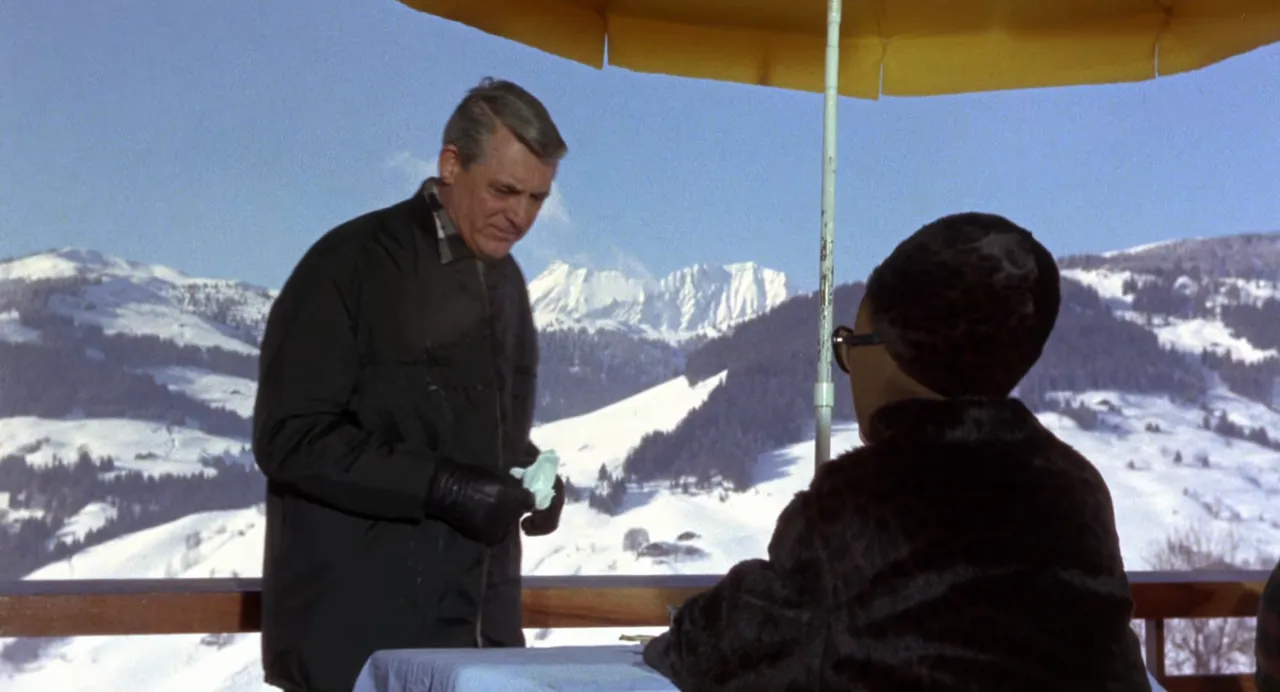
In short, Charade functions as both an homage to noir and a sophisticated hybrid. It satisfies those who want the moodiness of a "film noir movie" while providing the charm of a star-driven romantic caper.
Characters and Performances: Chemistry, Deception, and the Art of Double Meaning
Central to Charade's success is the chemistry between Cary Grant and Audrey Hepburn. Grant—playing Brian Cruikshank (one of many names including Peter Joshua, Alexander Dyle and Adam Canfield)—is a man who has perfected the art of evasion. He alternates among personae with the composure of a classical actor comfortable with disguise; but beneath the practiced veneer, he is a figure whose loyalties will be revealed gradually and with satisfying theatricality.
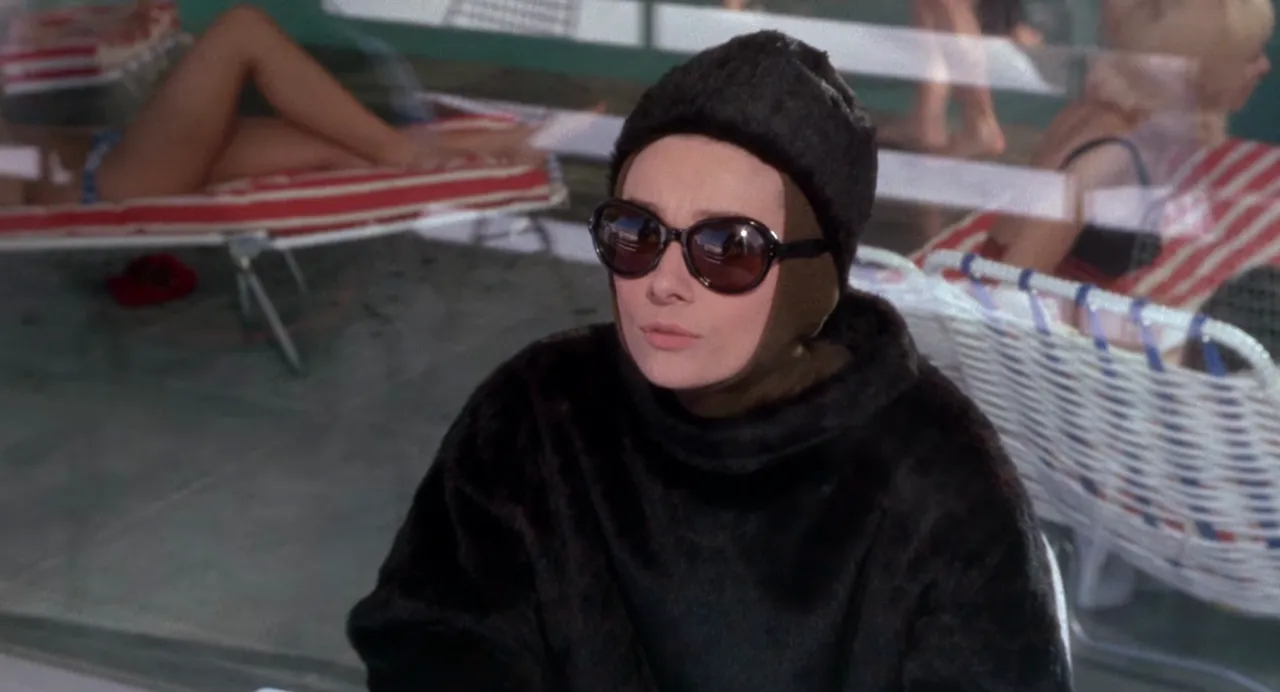
Hepburn's Reggie is the film's moral and emotional center. She arrives out of an American milieu into Parisian life as an accomplished simultaneous interpreter—literally someone trained to translate meaning as it happens. She is witty, irritable, and frequently the story's straight woman amid the conspiratorial chaos that surrounds her. The character's recurring declaration—a desire for truth after being trapped in secrecy—resonates as both a narrative engine and a theme. Hepburn delivers Reggie's vulnerability and resilience with a lightness that never undercuts the stakes.
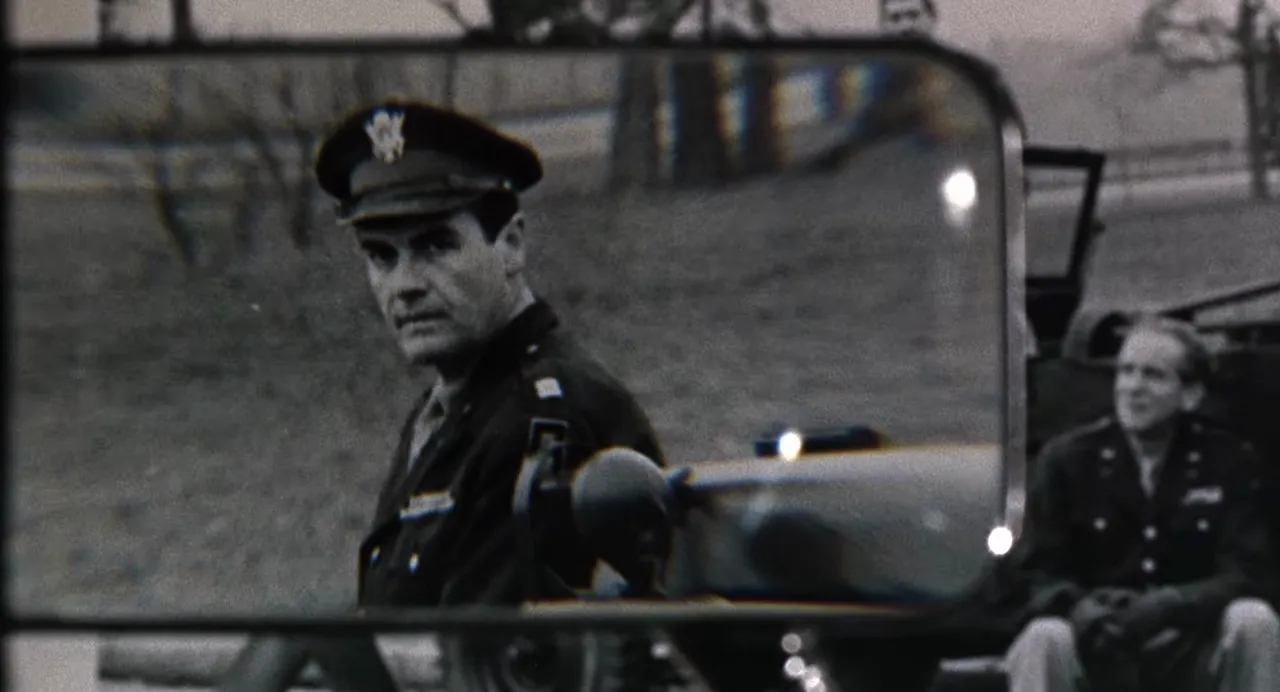
The supporting cast furnishes Charade with convincing menace and comic timing. Walter Matthau appears as Carson Dyle and as Hamilton Bartholomew—an ambiguous presence that tests the audience's trust. James Coburn's Tex Panthollow is swagger and menace in a single package; George Kennedy's Herman Scobie adds brute force; Ned Glass's Leopold Gideon contributes an unsettling persistence. Each supporting player accomplishes two tasks: they flesh out the wartime backstory, and they sustain the film's atmosphere of imminent danger.
Charade's ensemble also contributes to the film's sense of midcentury cosmopolitanism. Paris is not merely a setting; it's a social stage where passports, stamps, hotels, and embassy offices become props in an extended play about identity and ownership.
Performative Layers and Identity
Grant's performance deserves particular scrutiny. The character's aliases are not merely plot devices; they are performative masks that create tension between appearance and truth. The cast asks viewers to ask: how deeply can one trust a man who alternates names as easily as he alternates smiles? For audiences seeking a "film noir movie," this instability of identity feels familiar—but in Charade, it exists within a broader tonal landscape that allows charm to act as a perfect camouflage for suspicion.
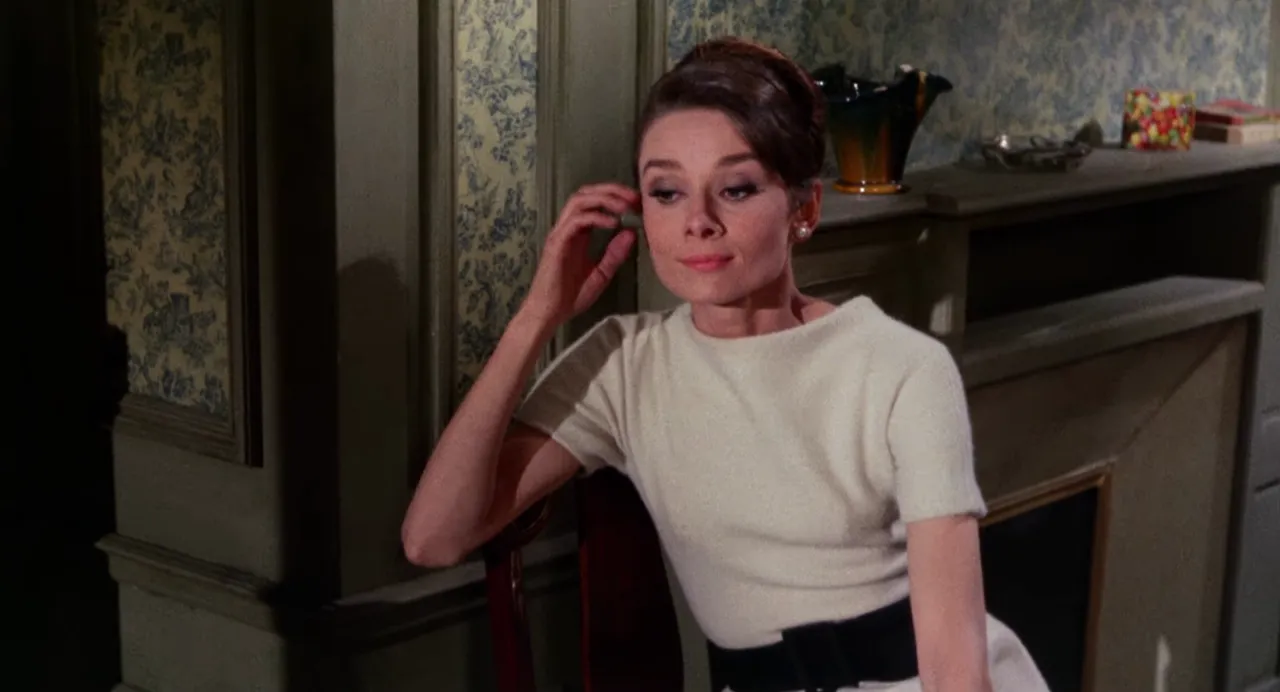
Direction and Screenplay: Donen, Stone, and Behm's Collaborative Alchemy
Stanley Donen—renowned for his work in musical and romantic cinema—arranges Charade with theatrical assurance. The screenplay by Peter Stone (with story credit to Marc Behm) walks a tightrope: it must sustain a whodunit's puzzle while preserving repartee and romantic momentum. Donen acquits the screenplay by allowing the film to breathe: scenes of comic relief are placed strategically so the audience recovers from shock; tense sequences are staged in elegant spaces, transforming menace into suspense without sacrificing clarity.
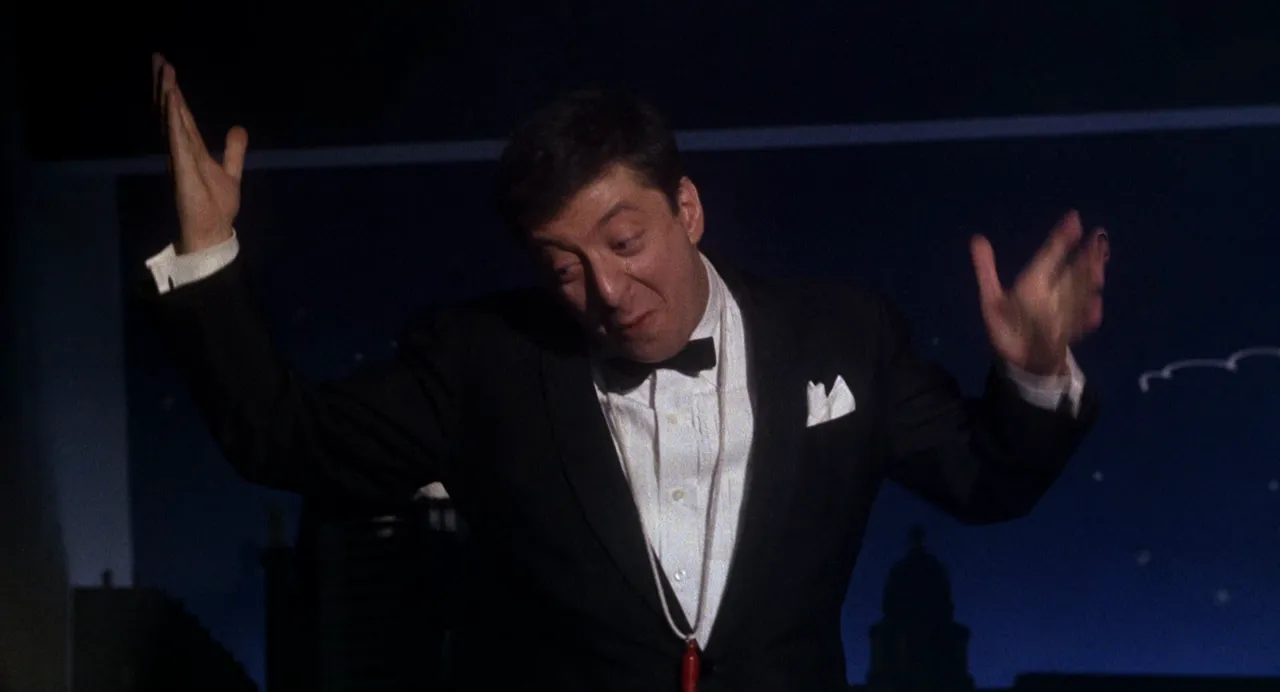
Stone's dialogue is a particular strength. The film’s quips and barbs—and the sharp exchanges between Reggie and Grant's character—form the backbone of Charade’s personality. That wit keeps the audience emotionally engaged: they care about Reggie because she is not merely a damsel but an interlocutor whose intelligence and humor propel the story forward.
Marc Behm’s contribution—credited for story—infuses Charade with its darker axis: wartime treachery, the buried gold, and the moral consequences of survival. Behm's premise provides the stakes; Stone's script makes the resulting labyrinth pleasurable. Donen's direction ties both to cinematic craft, ensuring each revelation lands with both narrative logic and empathetic weight.
Production, Locations and Technical Craft
Charade's production values are impressive and crucial to its tone. Around half the picture was shot on location in Paris—Eiffel-adjacent neighborhoods, the Palais-Royal’s colonnade, Les Halles, and the Comédie-Française all appear as more than backgrounds; they are active participants. The scenes set in the French Alps (Megève) are shot with the clarity of on-location photography, adding authenticity to the opening sequences. Interior work was accomplished at Studios de Boulogne and Billancourt, where sets were crafted to blend seamlessly with the Paris exteriors.
Where many "film noir movie" entries rely heavily upon studio-bound urban sets, Charade benefits from real-world Parisian textures—the market at Les Halles, the Palais-Royal's colonnades, and the impulse of café life. Donen uses location as a character. The Embassy office scene, the American Express building interiors, and the stamp market all heighten the film’s verisimilitude. Those locations become repositories of plot objects: a travel bag, an agenda, an envelope with stamps—mundane things that transform into the film's treasure.
Cinematography and Visual Style
The cinematography fashions Paris as both sophisticated and treacherous. Where a conventional "film noir movie" might use stark chiaroscuro to hint at corruption, Charade employs a more varied palette: sunlit streets, glossy night interiors, and shadowy colonnades. The result: a visual rhythm that alternates between light and dark, mirroring the film's tonal hybrid.
Music, Titles and Atmosphere: Mancini and Binder's Contributions
Henry Mancini’s score—most notably the theme song "Charade"—lends the film its emotional scaffolding. Mancini's music establishes an undercurrent of wistful melancholy that plays against the film's lighter elements. The theme is reflective—elegant and slightly rueful—suggesting that beneath the charming banter lies loss and uncertainty.
Maurice Binder's animated titles—famous for his work on other films of the era—provide a modern, stylish opening that primes the audience for a film that is brisk, cosmopolitan, and slightly mischievous. The titles are not mere decoration; they prepare the viewer for a movie in which appearances—and the artifice of cinema itself—are under examination.
Reception, Awards and Enduring Legacy
Charade was well received upon release and continues to be admired. Contemporary critics praised the screenplay and the chemistry between its leads. Bosley Crowther of The New York Times noted the film's blend of "sudden twists, shocking gags, eccentric arrangements, and occasionally bright and brittle lines." Later critics have reiterated that praise—Rotten Tomatoes currently assigns the film a high approval rating, and Metacritic’s aggregate suggests "universal acclaim."
Awards recognition included a BAFTA win for Audrey Hepburn and nominations from other major bodies. The screenplay by Peter Stone earned praise and an Edgar Award as a well-crafted mystery. In 2022 the Library of Congress selected Charade for preservation in the United States National Film Registry for being "culturally, historically, or aesthetically significant." Such recognition cements Charade's place among the classic films American cinephiles study and cherish—precisely the kind of film a person searching "film noir movie" might encounter and, upon watching, find delightfully irreverent and satisfying.
Public-Domain Status and Home-Video Proliferation
One curious chapter in Charade's afterlife concerns copyright. A defective copyright notice in the film's original release caused it to enter the public domain in the United States. The practical effect has been a proliferation of prints of varying physical quality available through many channels—VHS, DVD, streaming platforms, and even free downloads on archival services. The Criterion Collection's careful restoration exists alongside numerous fly-by-night copies. While the public-domain status increases accessibility—arguably contributing to Charade's continued visibility—it also means versions with differing soundtracks and picture quality are in circulation. The film’s original score remains under separate copyright; those using it in other contexts must observe that distinction.
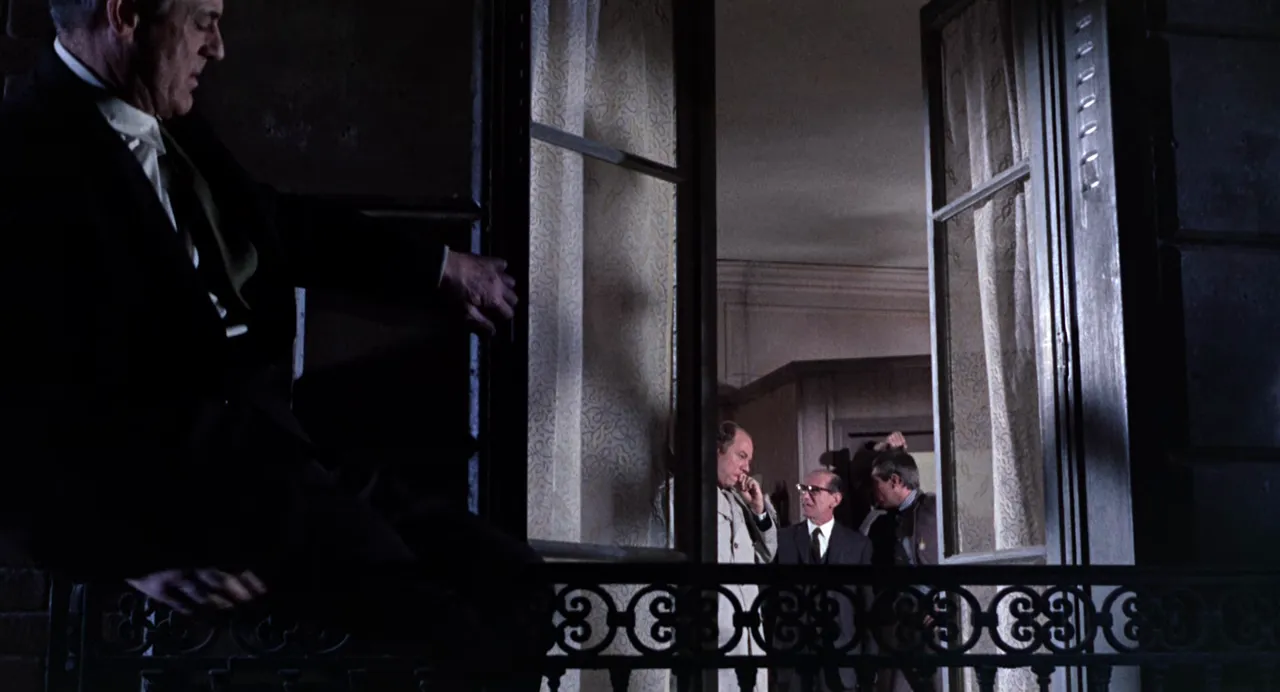
Why Charade Appears When You Search "Film Noir Movie"
There are practical and thematic reasons Charade surfaces for fans of the "film noir movie" label. Practically: the film contains the narrative DNA of classic noir—murder, double-crosses, wartime theft, and suspicious characters—making it algorithmically relevant when people query the trope. Thematically: Charade reveals how noir conventions can be transformed. The film respects the moral ambiguity and atmospheric tension associated with noir, but it refuses to surrender to despair. Instead, Charade offers a tempered, more playful engagement with those themes.
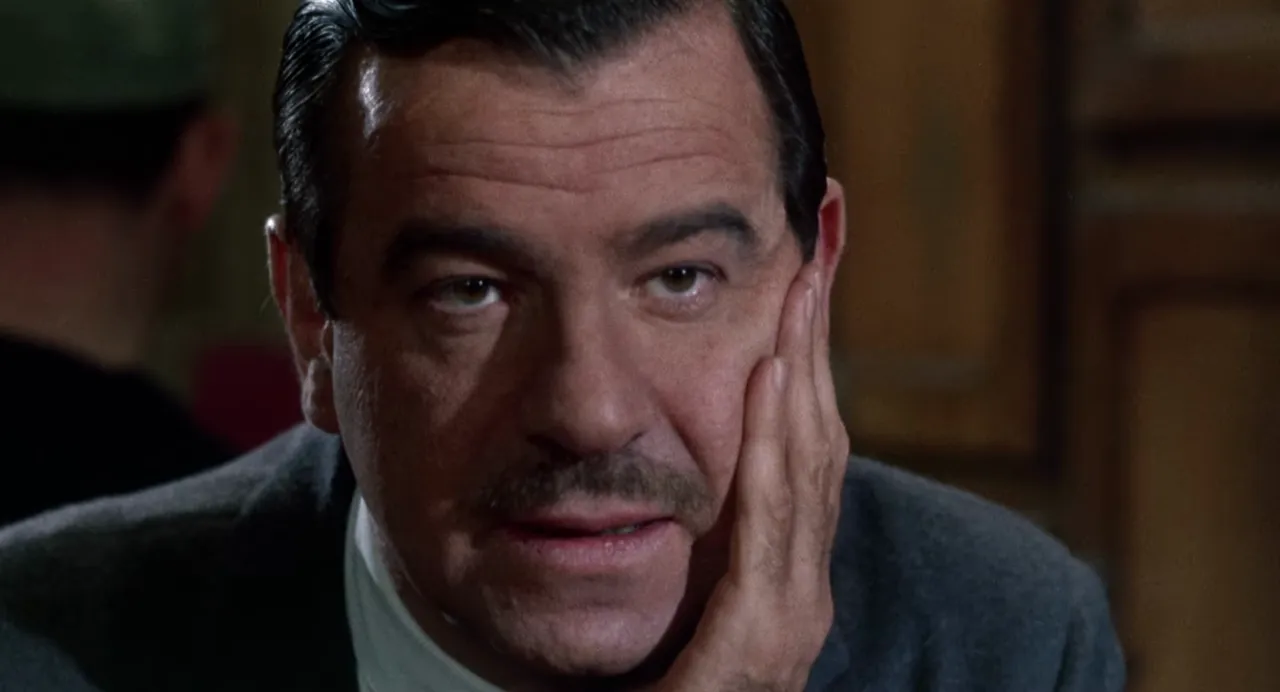
When viewed through the lens of a "film noir movie" aficionado, Charade proves instructive. It demonstrates that noir need not be monochrome. The film keeps the noir structure—the sense that actions have consequences and that concealed pasts will reemerge—but it overlays those with wit, romance, and a visual polish that makes the experience both unsettling and delightful. This balancing act is why many critics have described Charade as a hybrid: equal parts caper, romantic comedy, and thriller.
Charade’s Noir Echoes
- Identity and impersonation: Grant’s multiple aliases echo noir’s fascination with selfhood and deceit.
- Wartime sin and lingering guilt: the buried gold and wartime betrayal provide moral weight.
- Atmospheric menace: a steady series of threats and murders maintains noir-like tension.
- Urban landscape as complicity: Paris functions like a noir city—beautiful but treacherous.
Comparisons to Classic Noir: A Measured Approach
Charade is not a conventional film noir movie in the purest sense, but it is a modern descendant. Its narrative structure—revolving around a crime rooted in wartime corruption—shares DNA with noir films such as Out of the Past or Double Indemnity. Its principal difference is tonal: where many noir films end in ruin or moral futility, Charade allows for reconciliation and romantic resolution. Yet the satisfying conclusion does not erase the film’s darker moments; it reframes them within a broader moral economy.
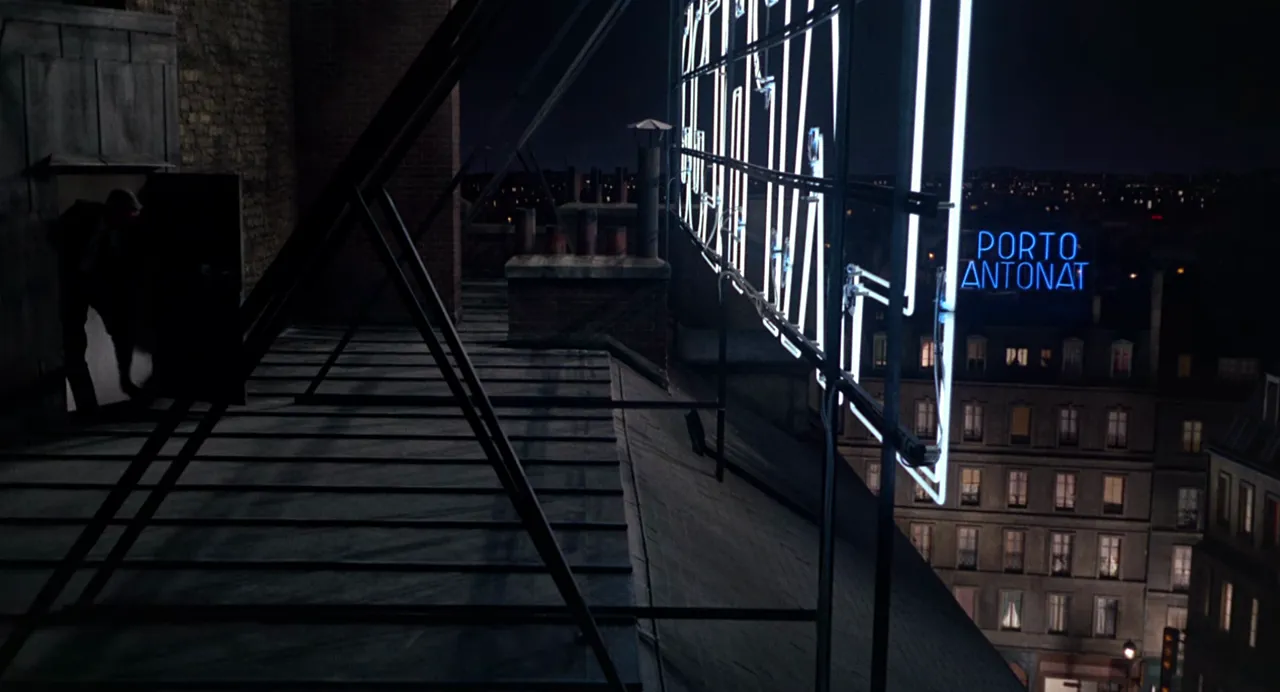
For film scholars and noir devotees, Charade becomes a case study: what happens when noir tropes are married to screwball rhythms and Hollywood charm? The result is not dilution but evolution—a film that preserves noir’s essential narrative concerns while broadening its emotional range.
Production Anecdotes and On-Set Craft
Stone and Behm’s script carried its own journey to screen. Initially turned down and rewritten, Stone's novelization and later screenplay found life when Stanley Donen came aboard. Donen’s background in musicals and romance informed his approach: he treated Paris and the Alps as a stage upon which intrigue could be choreographed, and he made casting decisions designed to emphasize chemistry.
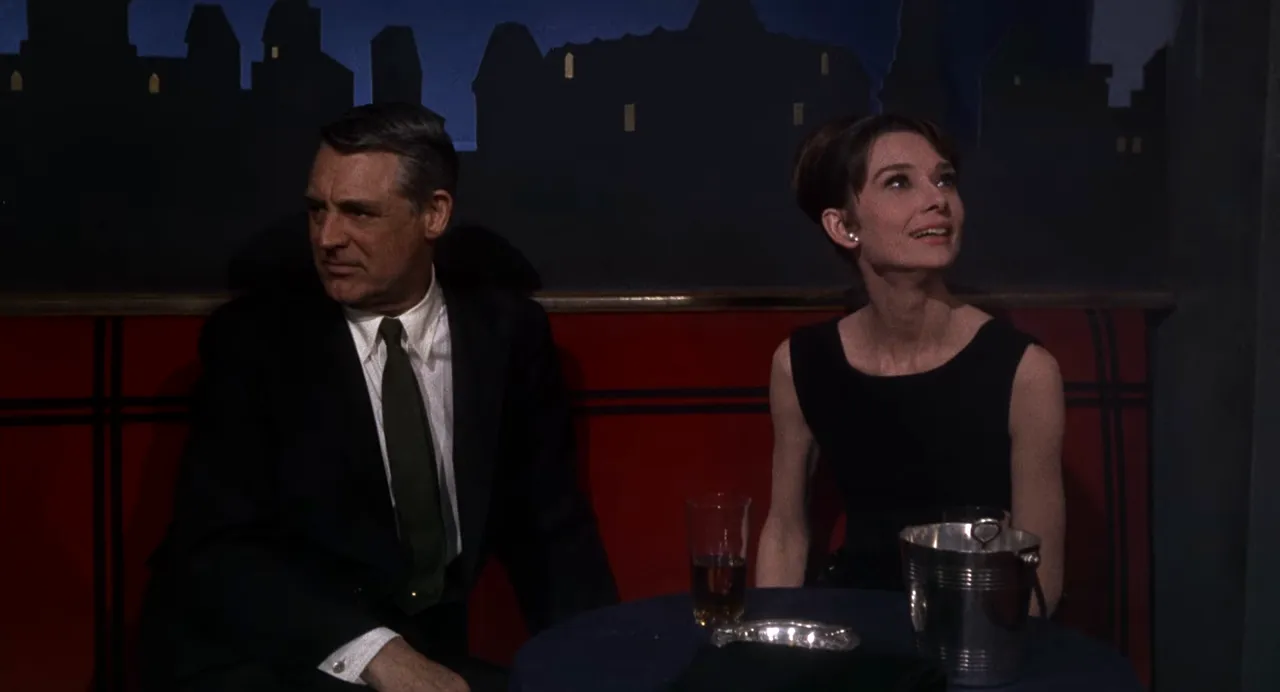
A note on age and casting: Cary Grant was older than Hepburn by nearly a quarter-century. The production acknowledged this and countered potential discomfort by shading dialogue to suggest Reggie was often the pursuer—turning traditional gendered expectation into a dynamic the studio could comfortably present. Such decisions are part of why Charade feels modern in its social interplay even as it revels in classic cinematic modes.
Critical Reception and Scholarly Appreciation
Charade was embraced by critics at release and has accrued additional esteem over the decades. Its Rotten Tomatoes rating reflects wide critical approval; contemporary reviewers continue to praise its pacing and Grant–Hepburn chemistry. Many critics have also highlighted Donen's directorial finesse—combining visual elegance with narrative propulsion—and Stone's agile screenplay. The Edgar Award for best motion picture screenplay is a concrete indicator that mystery aficionados and industry peers recognized the film’s craftsmanship.
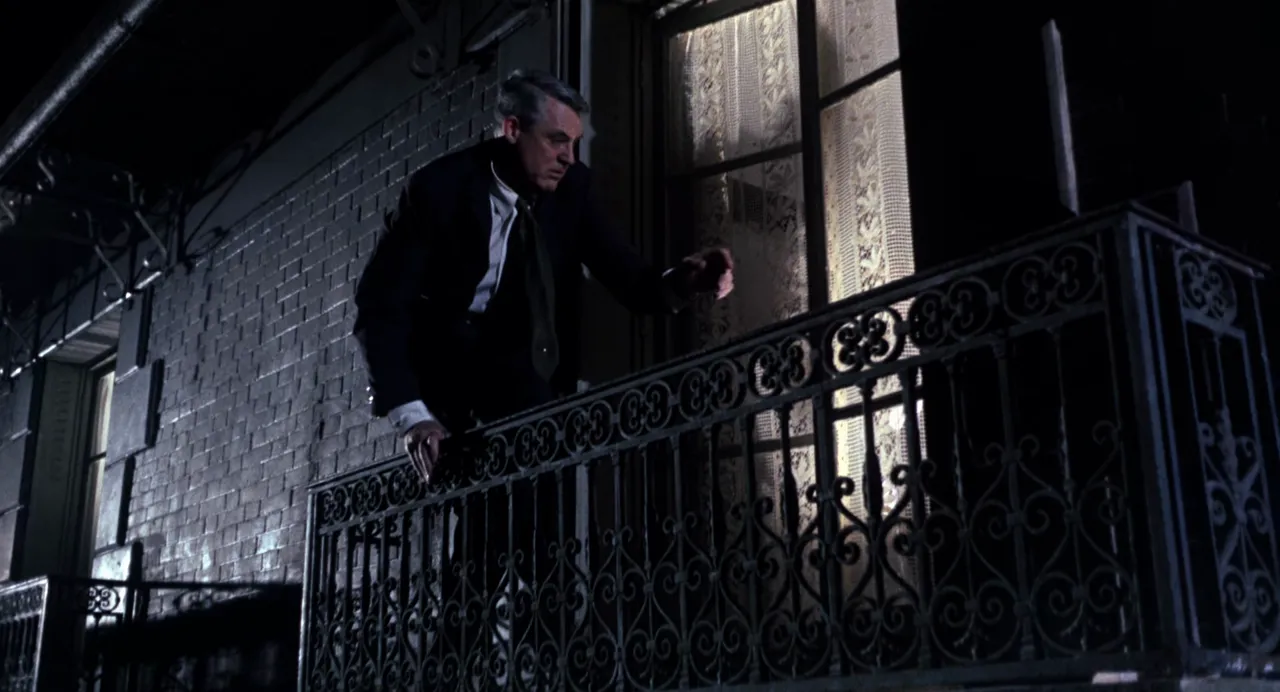
Beyond awards, Charade’s long-term significance is evidenced by the Library of Congress’s decision to preserve it in the National Film Registry—an institutional acknowledgment of the film's cultural and aesthetic importance. For critics and historians, such institutional recognition situates Charade not merely as light entertainment but as a work worth study and preservation—a film that has earned a place in the canon of American cinema.
Why Modern Audiences Shouldreevaluate Charade
Contemporary viewers who seek out "film noir movie" experiences should approach Charade with calibrated expectations. They will find noir’s moral ambiguity and convoluted plotlines, but they will also encounter a film that refuses to be dour. Instead, it offers a sly, urbane, and stylishly staged puzzler that rewards close attention and repeated viewing.
- Watch for details: small props—passports, envelopes, stamps—carry narrative weight.
- Appreciate performance nuance: Grant's subtle name-shifts and Hepburn's witty retorts are central to the film's rhythm.
- Observe location use: Paris is treated both as a playground and a trap.
- Listen to Mancini: the score often cues emotional undercurrents the camera does not make explicit.
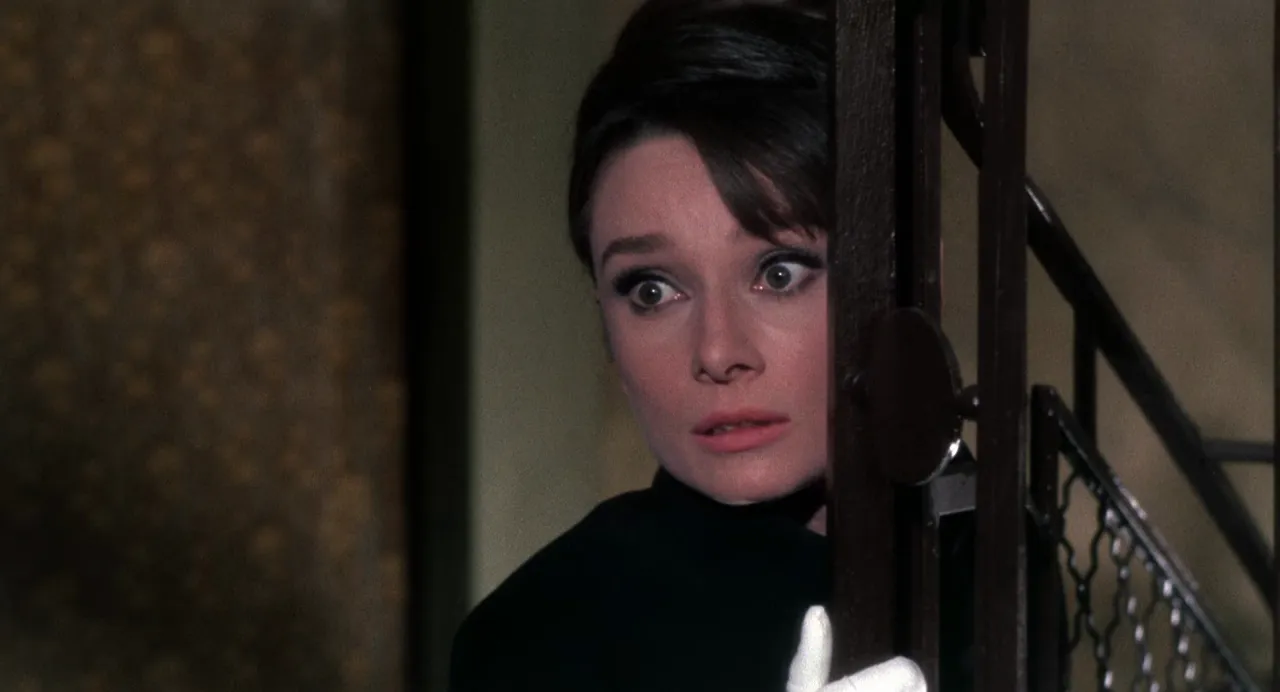
Charade: A Final Appraisal From a Classic Cinema Critic
Charade resists tidy classification—though that very resistance is its appeal. It is a layered film: noir in theme, screwball in repartee, and romantic in its ultimate arc. For the critic evaluating classic cinema, the film stands as a testament to hybridization done well. It proves that noir’s motifs—identity, betrayal, wartime sin—retain power when treated with intelligence and a lighter touch.
People searching "film noir movie" will not be disappointed by Charade; they may only be surprised at how pleasurable that disappointment can be. The film retains enough of noir’s moral darkness to satisfy the genre’s adherents, while simultaneously offering the cinematic delights—witty dialogue, star turns, and Parisian gloss—that ensure its broad appeal.
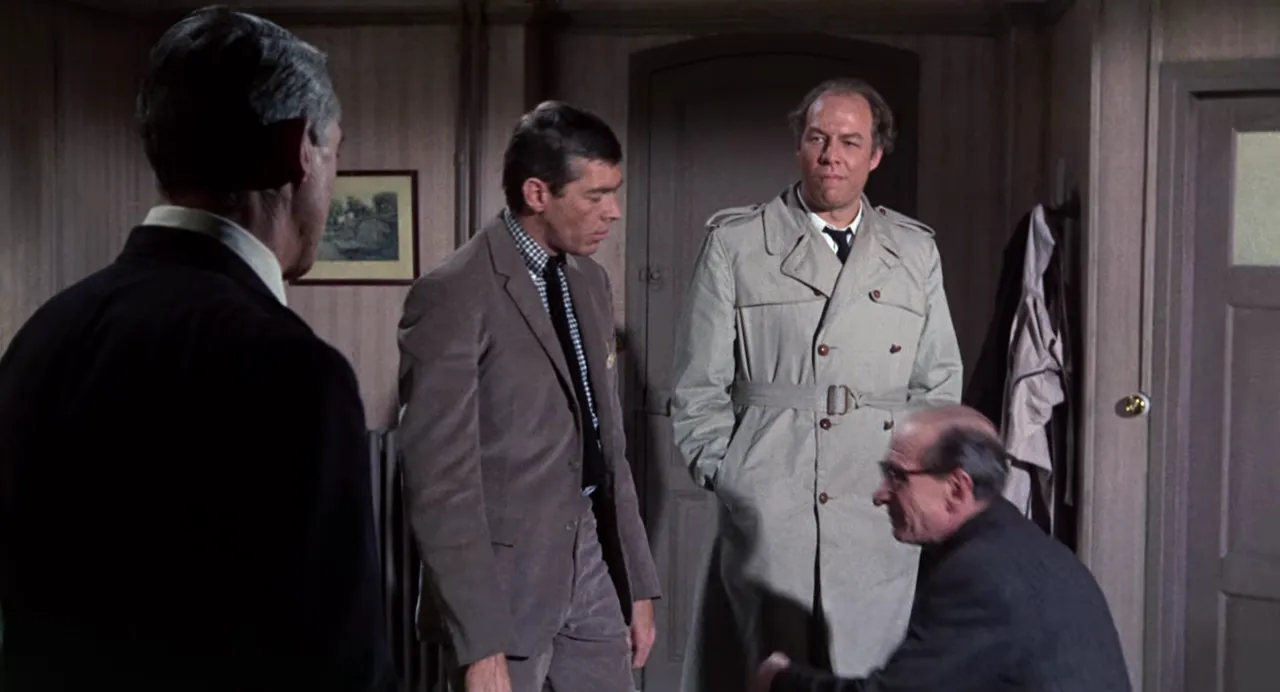
Practical Viewing Notes
- Seek a quality print or Criterion release if possible—public-domain copies vary in fidelity.
- Pay attention to the staging of revelations: the film's narrative economy is tight; small clues are meaningful.
- Consider the historical context: postwar anxieties and OSS operations inform the film's backstory.
- Rewatch for delight: the film's humor and its mystery are complementary; each rewards multiple viewings.
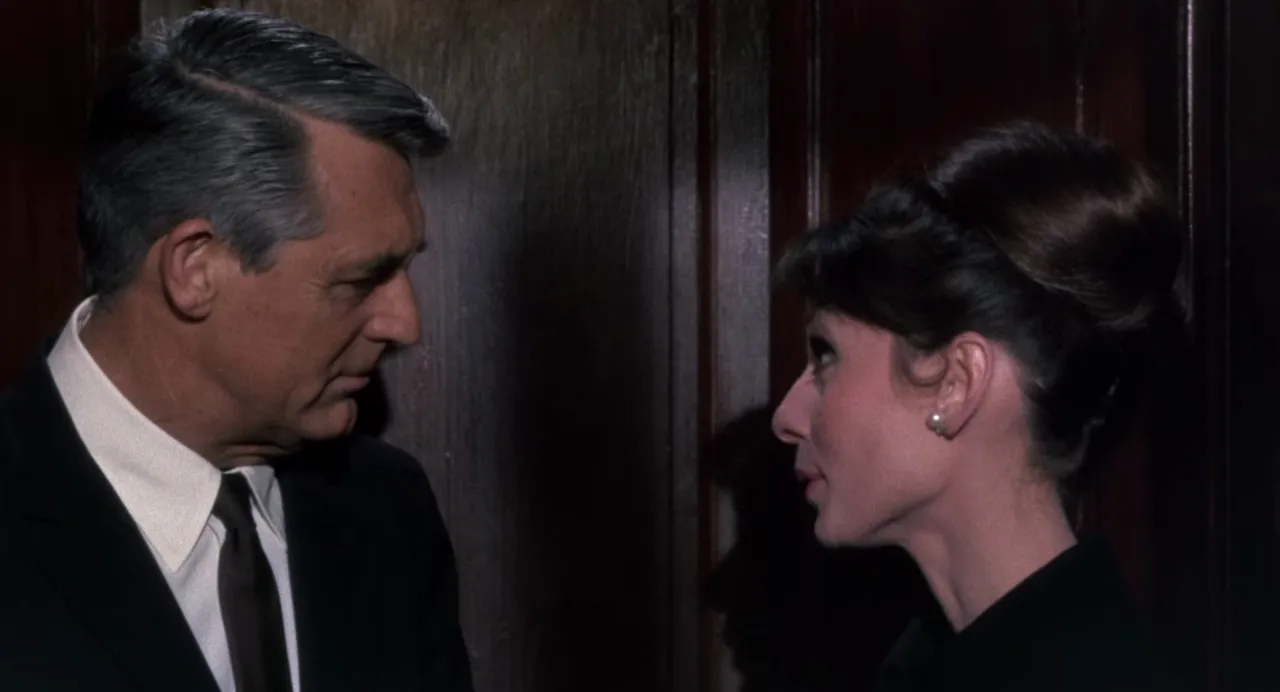
Conclusion: Charade's Lasting Resonance in the Pantheon of Classic Cinema
Charade is a film that invites reexamination. It occupies a tonal territory that overlaps with the "film noir movie" tradition without surrendering to it. Donen, Stone and Behm crafted a picture that is as much about the pleasure of storytelling as it is about the consequences of wartime betrayal. Cary Grant and Audrey Hepburn’s partnership anchors the film: their chemistry keeps the audience invested even when the narrative lurches toward violence and danger.
From a critic’s perspective, Charade offers a timely lesson: genres are not prisons but toolkits. The "film noir movie" search yields Charade not by accident but because the film exploits noir’s tools—doubt, deception, and darkness—while choosing to lead the viewer toward laughter, romance, and satisfaction. It is, simply put, essential viewing for anyone who loves classic cinema and is curious about how tonal fusion can refresh familiar material.
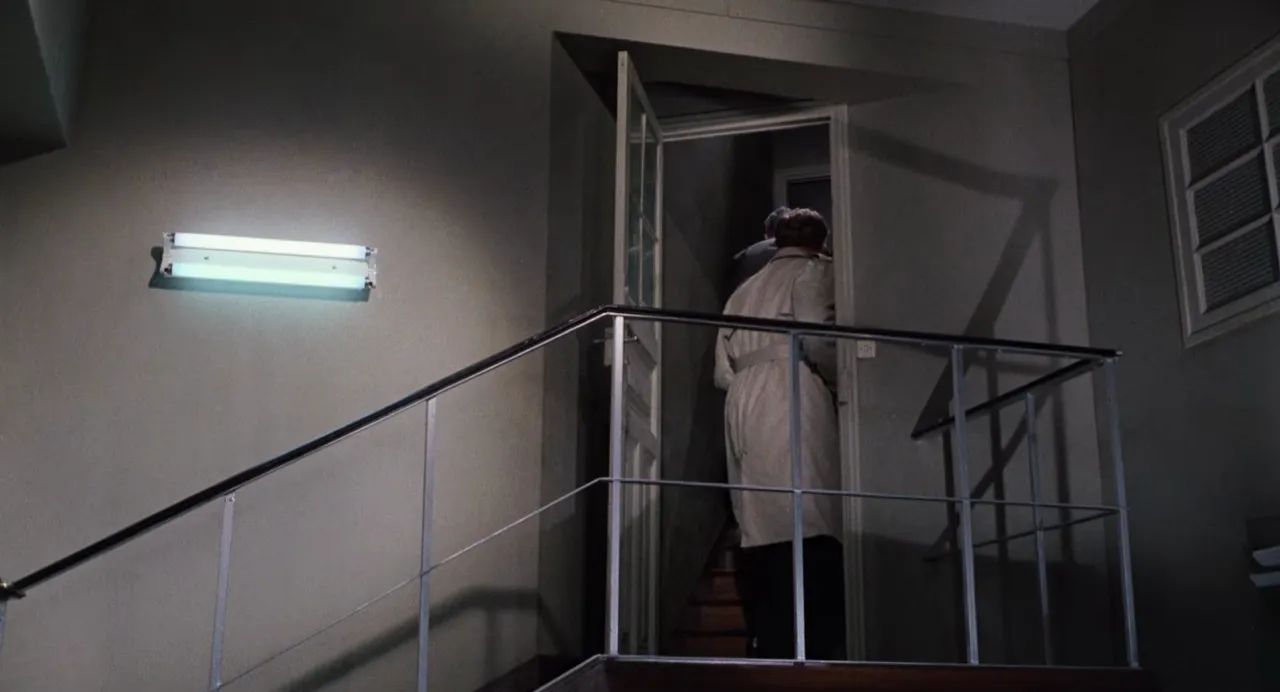
For the cinephile who types "film noir movie" into a search bar, Charade is a challenge and a charm: it will teach the viewer how conventions can be conserved and transformed, and it will remind them of the enduring pleasures of performance, craft, and storytelling. It is precisely this dual nature—noir-ish backbone and romantic, screwball overlay—that secures Charade's place in the collection of classic old-time movies worthy of study, preservation and repeated delights.
In the end, Charade rewards both the mystery-seeker and the lover of classic star power. It is a film that affirms cinema's capacity to surprise: to present darkness with a smile, to make treachery feel like an elegant puzzle, and to remain—decades later—irresistibly watchable for anyone searching for a "film noir movie" and finding instead a multilayered treasure.
